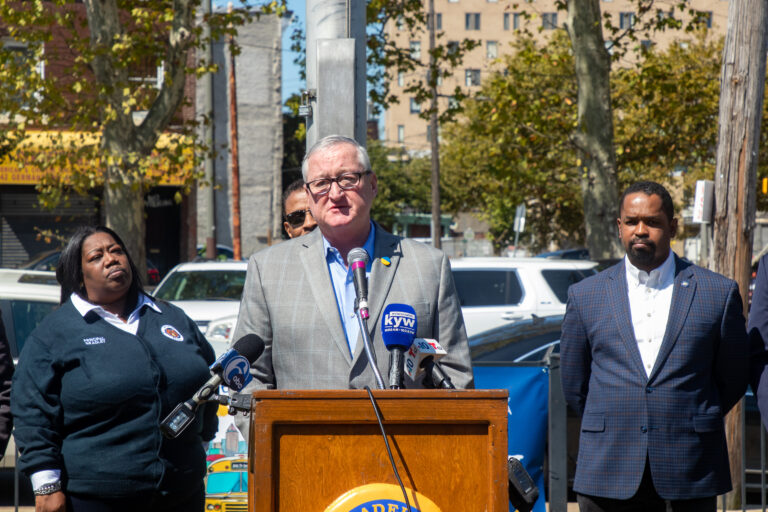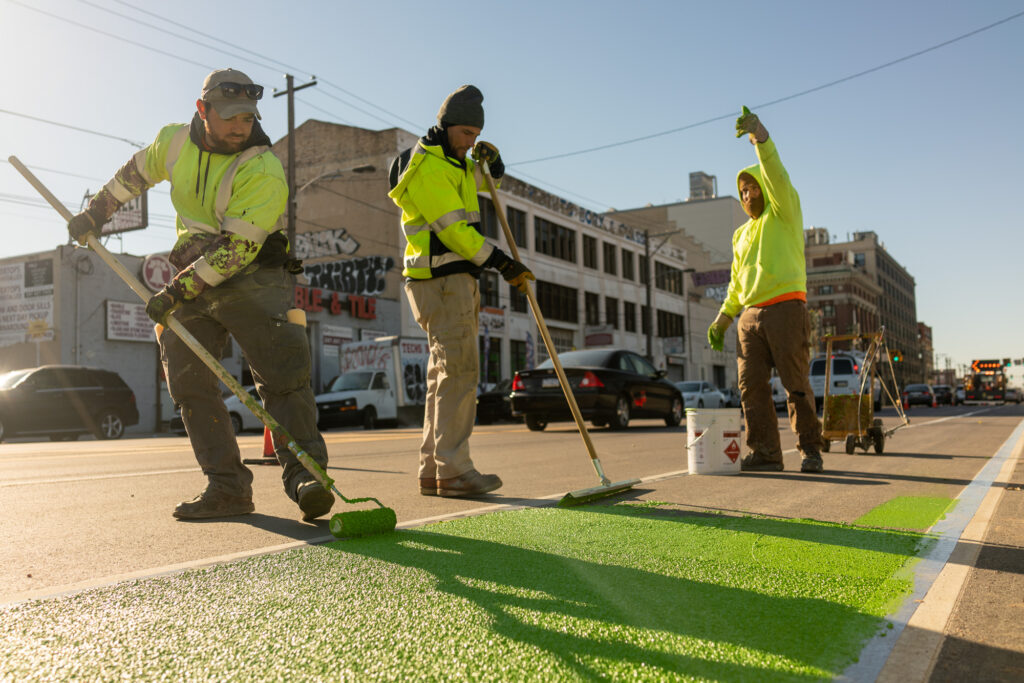Case Study: Philadelphia, Pennsylvania
Vision Zero Adoption
2016
Vision Zero Target
2050
Population
1.6 Million

Community Description
- Philadelphia, located in southeastern Pennsylvania, is the state’s largest city.
- It is renowned for its rich historical heritage, notably being the site where the Declaration of Independence and the U.S. Constitution were signed.
- The city’s transportation network is highly developed, featuring an extensive system of roads, highways, and public transit options.
Challenges
- Philadelphia experiences high fatality rates compared to their peer cities that adopted Vision Zero, especially in neighborhoods below the poverty line.
- Speed is the number one contributing factor for fatal crashes.
- On average, 5 children are reported to be involved in crashes daily.
- Vulnerable road users such as pedestrians are disproportionately killed in Philadelphia streets.
Safe System Focus
- Safe Speeds
- Safe Streets
- Safe People
- Vision Zero for Youth
- Equity
- Data-Driven Action Plans
Safe Street and Roads for All (SS4A) Implementation Grants
In the Vision Zero Action Plan, the City has a comprehensive list of Vision Zero projects and grants that will be used to fund each project.
- “Philadelphia Vision Zero Capital Plan”
Awarded in 2022
- “Complete & Safe Streets Philadelphia: Vision Zero
High-Injury Network Corridors”
Awarded in 2023
Lessons Learned
- In larger cities, having strong leadership from elected officials can help get Safe System efforts started and multi-disciplinary coalition formed.
- A comprehensive, data-driven plan provides a strong basis for grant applications.
- Detailed action items, responsible parties, and frequent coalition meetings are key for sustaining stakeholder collaborations.

- Making community outreach and education part of the Vision Zero planning process can help address resistance to strategies such as automated enforcement programs.
- Providing electronic and printed resources in multiple languages is effective in providing equal participation opportunities for the entire community.

- Engaging the community during the development of a plan and after implementation can overcome resistance to change.


- Sharing accomplishments regularly, such as tools for visualization of improvements, in-person project showcases, and social media posts helps build community understanding and support of the Safe System approach.
- Working with media on messaging around traffic crashes has a measurable impact on public support to make roads safer for everyone.


- Understanding that commitment and recommitment to Vision Zero and the Safe System approach are necessary will help cities continue to make progress in the long term.

Additional Resources
Videos